Hardware
「これは配信の為のハードの目次ですね。説明は英語にして、ごめんなさい。恐らく日本語に翻訳する必要がないだろう? もし得に何かが興味があったら、むしろ質問があったら、是非配信とかで聞いて下さいね」
None of this hardware has been sponsored or gifted to me. This page is not meant as a recommendation or endorsement of any of these products, it is just to show the hardware and software that I am using to produce my livestream.
Should someone come across this page via a google search in the future, I will include any issues that I've had with the corresponding product (running GNU/Linux). Hopefully these points can help someone make the best informed decision for what AV equipment to buy.
PC

I recently built a new gaming PC to play more games from my Steam library. I had a few hickups getting the graphics card up and running, but that was all because of the new architecture.
Overall it runs well, and I'm really happy with the purchase.
Specs:
AMD Ryzen 5600X
AMD Radeon 6800
32GB RAM
1TB NVME SSD
2TB SSD
4TB HDD
Arch linux
The PC that I use to stream with is an old gaming PC that I rarely even used anymore. A while back I upgraded the graphics card from a GTX 750 to a GTX 1660, and this has come in handy as it allows me to use NVENC instead of using my tiny CPU to do the encoding, which would not have worked out.
Specs:
Intel i3-4270T
Nvidia GTX 1660
16GB RAM
128GB SSD
1000GB HDD
Ubuntu studio
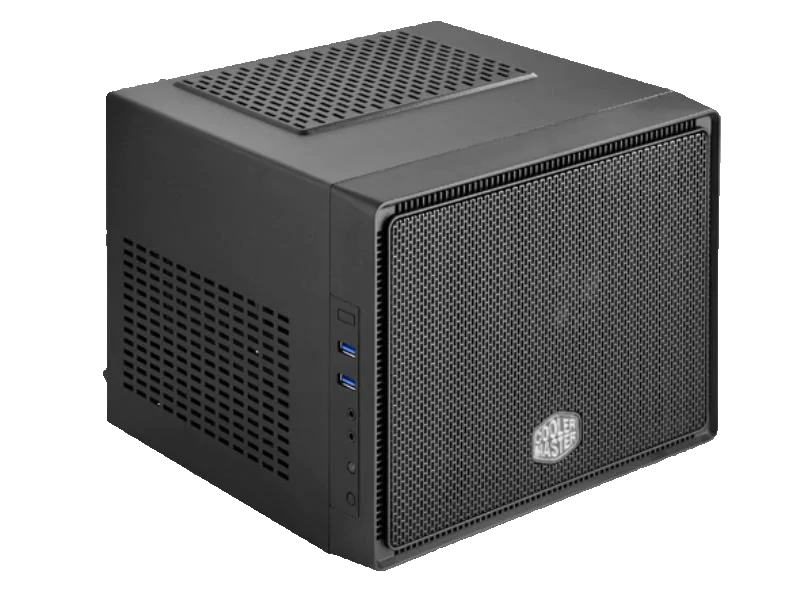
Video
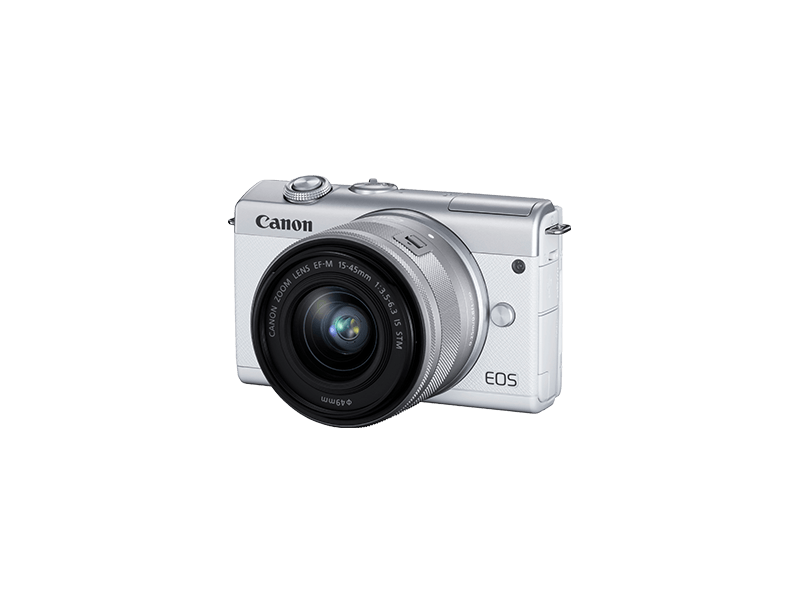
Canon EOS M200
Honestly, I don't have a whole lot to say about this camera. I had to change a few settings to get it to look decent with the green screen. I did initially have a bunch of issues getting proper video into OBS, but it turns out it wasn't due to the Camera or even the capture card. It was all due to a faulty USB extension Cable.
I guess I could complain about the Price, as I was hoping to only spend about 2000 DKK on a Camera, where this was almost twice that. But I didn't see a reasonable alternative except for maybe a used GoPro...
Elgato HD60S+
Worked straight out of the box. Well, technically I had issues with it at first because I tried to use it with the official switch HDMI cable, which probably is an older spec of the HDMI standard. But after trying a few different cables, it worked "straight out of the box" in Arch linux.
The only issue I have with it, is that I can't get the audio jack working. If I plug the switch audio into it, there is no audio through the HDMI out. And the pulseaudio device only shows the options "Analog" and "Digital", and none of them output sound if I plug something into the jack. Without this functionality, I cannot connect a microphone to the Switch, for example to use with the in-game chat in Dauntless.
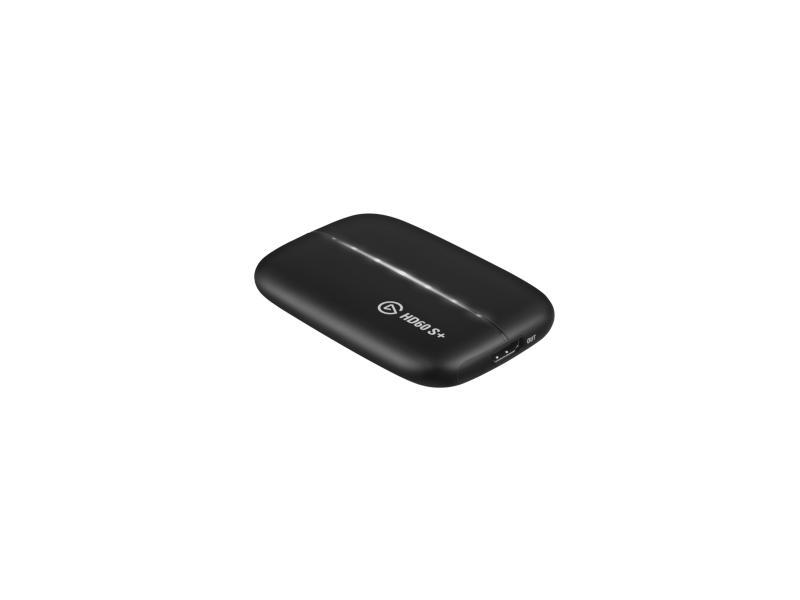
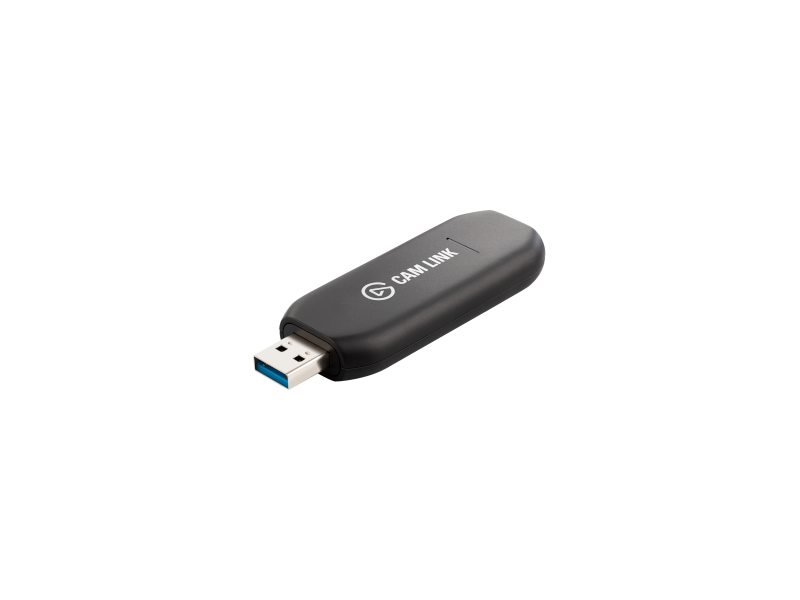
Elgato CamLink 4K
To capture the HDMI from the Camera, I went with the safe option: Elgato Camlink. I did consider getting one of the cheaper alternatives (or even a second-hand non-4K version). But I didn't manage to find one that could do 60fps.
I might still get one of the cheaper 1080p/30fps, to capture a secondary game output. To have a sort of splitscreen view.
edit: in fact I did get one of those, and long story short, I might not ever use it.
Audio
Audient Evo 4
Finding a USB audio interface that plays well with Linux was a bit of a challenge, especially since I have no experience with professional audio.
But I came across this blogpost that at least showed this one working in GNU/Linux, and since I was planning to do a stereo microphone setup, I didn't mind that it would put the two XLR inputs into a single stereo track.
And it turns out that as soon as I plugged it in, I pretty much had all the same profiles that the poster had to add manually, so if I needed another profile I wouldn't even have to mess with any config files for it.
(Note: Although a pretty decent audio interface, I probably would not recommed this, as it's susceptible to GSM signals)
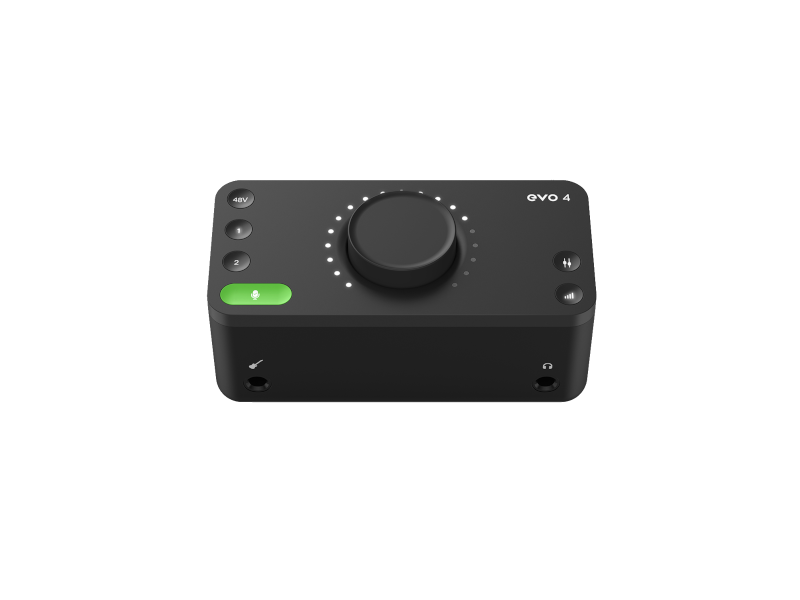
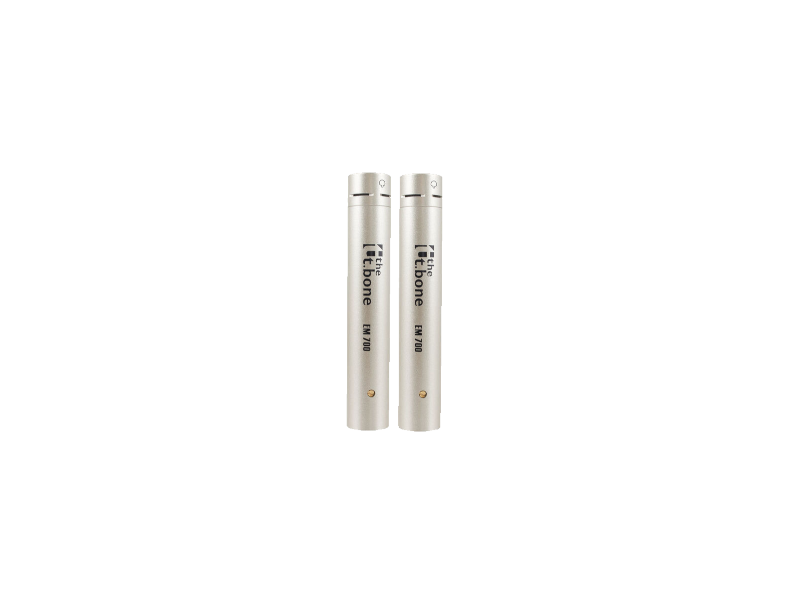
Thomann T-bone em700 stereo kit
I originally wanted to go with the Behringer C-2 stereo kit, but I couldn't find it in stock anywhere. So I went with the slightly cheaper option from Thomann.
I originally had them in an XY pattern But I found that it didn't create much of a stereo image in my relatively small living room. So I put it into a A-B setup with a block of foam sandwiched between them. And this created a much better stereo image, in my opinion at least.
I still have a bunch of background noise that I hope to remove via sound proofing, and hopefully even RTX voice if it ever comes to GNU/Linux. Hopefully my 1660 will have enough power to handle both the encoding and RTX voice, and it might since it isn't really doing anything else.
Other
Generic Foot pedals
I bought a set of generic USB foot pedals to use as push-to-talk and other streaming functions.
This enables me to keep playing with a controller and not have another keyboard in front of me. (without having my microphones on at all times)
I find that my legs get tired because the pedals don't have enough resistance to bear the weight of your foot. So you have to hover your foot above them when doing Voice Chat.
Elgato Streamdeck
I saw that someone had already made a working interface for the streamdeck for linux, so I caved and bought one.
And yeah, the price is a bit high, but all of the alternatives that I could find would either have been around the same price, or really janky hacks.
Well... "touch portal" just requires the use of an Android device I guess... yeah, no thanks...
PS: I upgraded to an XL recently